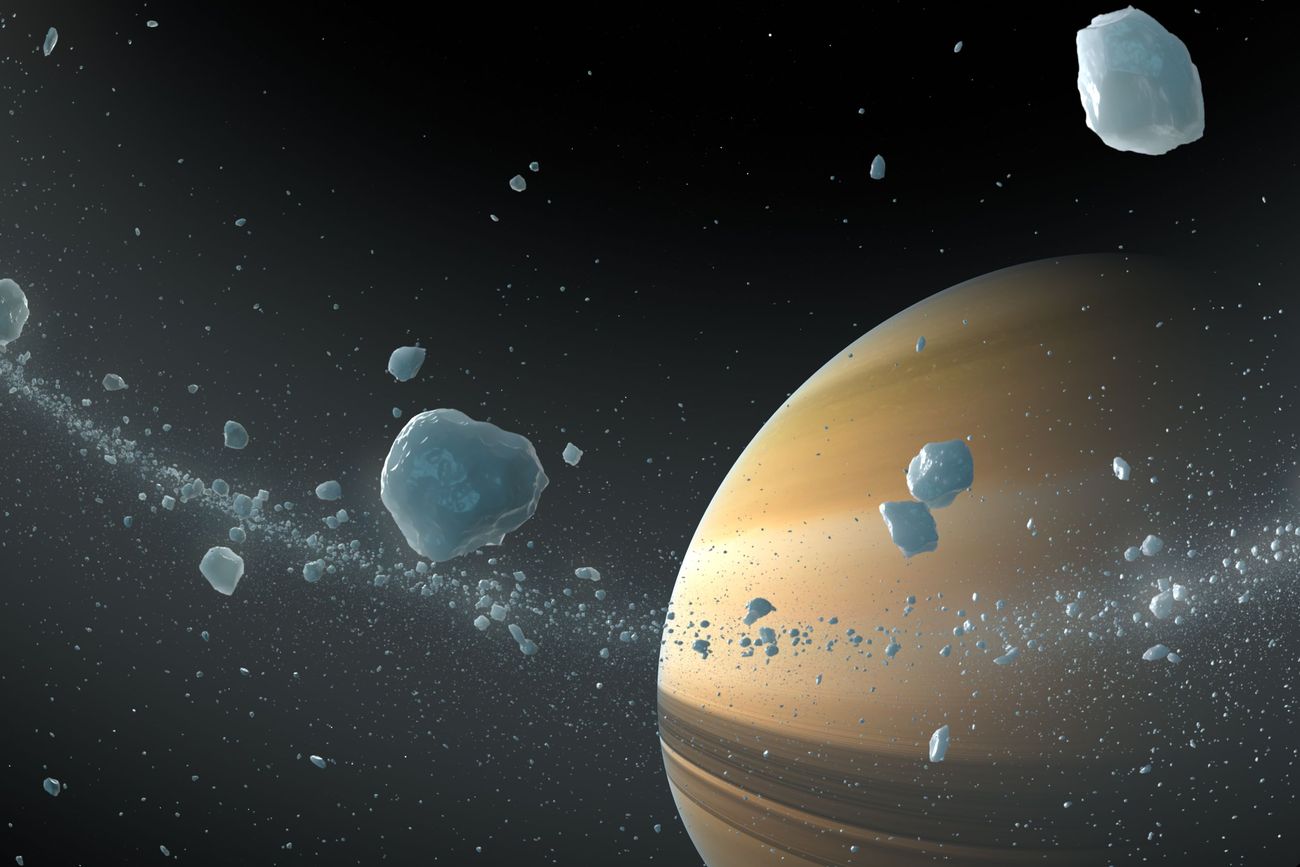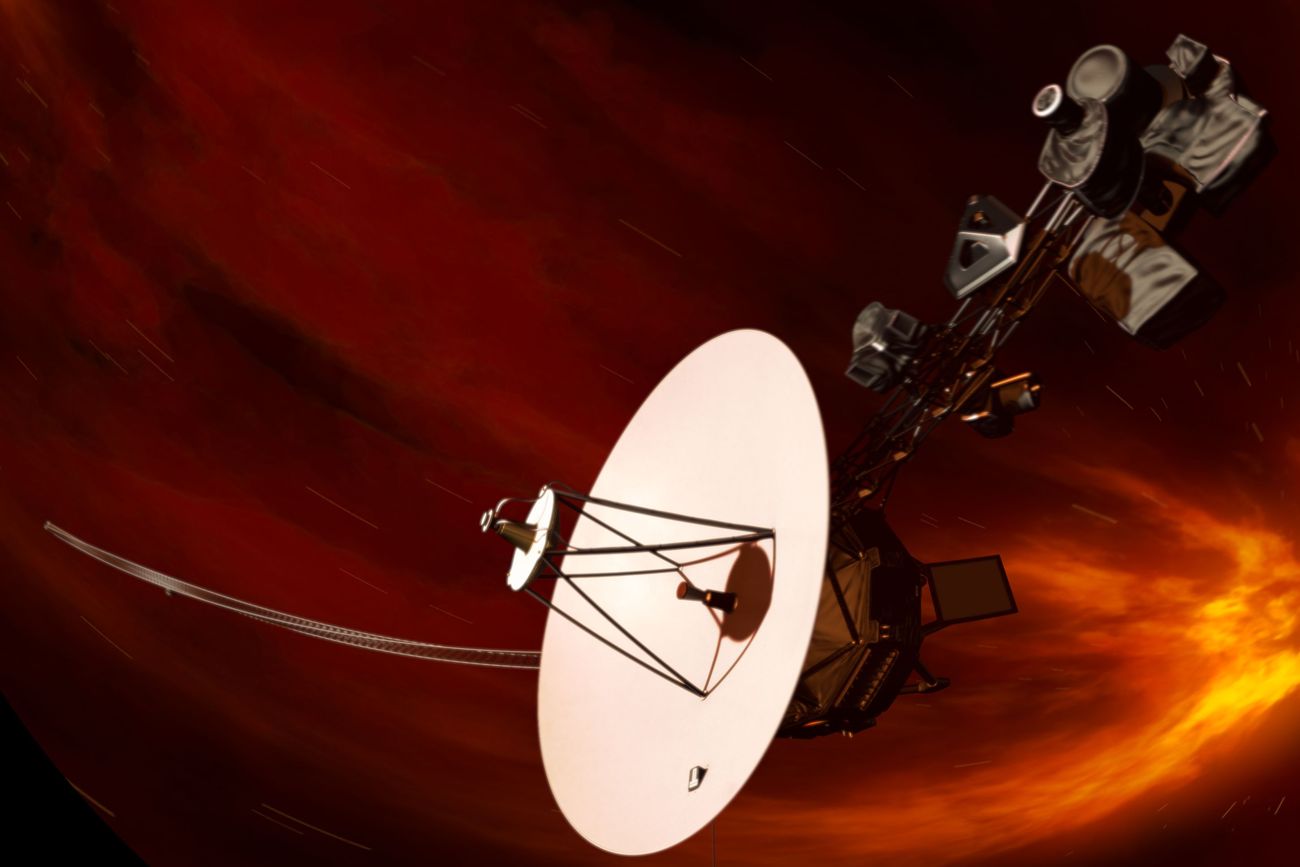Launched in 1977, the twin space probes Voyager 1 and Voyager 2 started their journey to reveal the secrets of the farthest planets in our Solar System. As both probes continue to navigate through the vast interstellar space today, they send back data to Earth during their adventures and enrich our understanding of uncharted territory.
Like two bottles thrown into the cosmic ocean, each probe carries a gold-plated record containing images, sounds, greetings and music to manifest the diversity of life and culture on Earth. It is hoped that any alien civilisation who may find the records someday in the future will be able to decode the information therein.
Get ready to be engaged in the farthest space mission in human history with the 3D Dome Show Voyager: the Never-Ending Journey 3D.

What is the duration of the longest expedition you have ever taken? Voyager 1 and 2 began their epic journey in 1977 and have been travelling for nearly 50 years.

Jupiter is the largest planet in the Solar System and its Great Red Spot is a gigantic storm which has been raging for centuries. The Voyagers are the first batch of spacecraft taking high-resolution images of Jupiter and its Great Red Spot.

Io is one of Jupiter's moons. With hundreds of active volcanoes, it is the most geologically active celestial body in the Solar System.

From the close-up images of the giant rings of Saturn captured by Voyager 1, scientists discovered that such rings were in fact thousands of tiny ringlets. These beautiful and dazzling rings are mostly made of ice crystals of various sizes.

The south pole of Triton has a range of geysers that spew nitrogen and dust through cracks in the surface ice. The plumes are so powerful that they can reach eight kilometers above the surface!

Voyager 1 and 2 have left the Solar System, and we will lose contact with them forever in a few years.

Each probe carries a gold-plated record which holds sounds and images from Earth, serving as small mementoes of human history. Perhaps one day, some alien civilisation may find them and learn about us.
Production & Copyright: UMA VISION
| Show: | 3D Dome Show Voyager: the Never-Ending Journey 3D |
| Show Period: | 1 April 2023 to 30 September 2023 |
| Show Schedule : | Monday, Wednesday to Friday: 2:00pm and 6:30pm Saturday, Sunday and public holiday: 12:30pm and 5:00pm Closed on Tuesdays (except public holiday) For more information on the show schedule of other shows, please refer to Space Theatre Show Schedule |
| Place: | Space Theatre, Hong Kong Space Museum |
| Admission Fees: | Standard Admission: $32 (stalls), $24 (front stalls) Concession Admission: $16 (stalls), $12 (front stalls)
|
| Show Duration: | 27 minutes |
| Language: | Sessions at 6:30pm on Monday and Thursday (except public holiday) are in English. All other sessions are in Cantonese. Audience can also select the following languages with the multi-channel headphone system: Cantonese, Putonghua and English |
| Ticketing: |
Please refer to "Ticketing Information"
|
| Seating plan: | Please refer to Space Theatre Seating Plan |
All programmes and prices are subject to change without prior notice.
Note: Audience do not have to bring their own 3D glasses for the 3D Dome Show. The Space Theatre uses active 3D glasses which is specialised for the 3D Dome Shows of the Hong Kong Space Museum and is not usable for other 3D programmes, or any other purposes.



